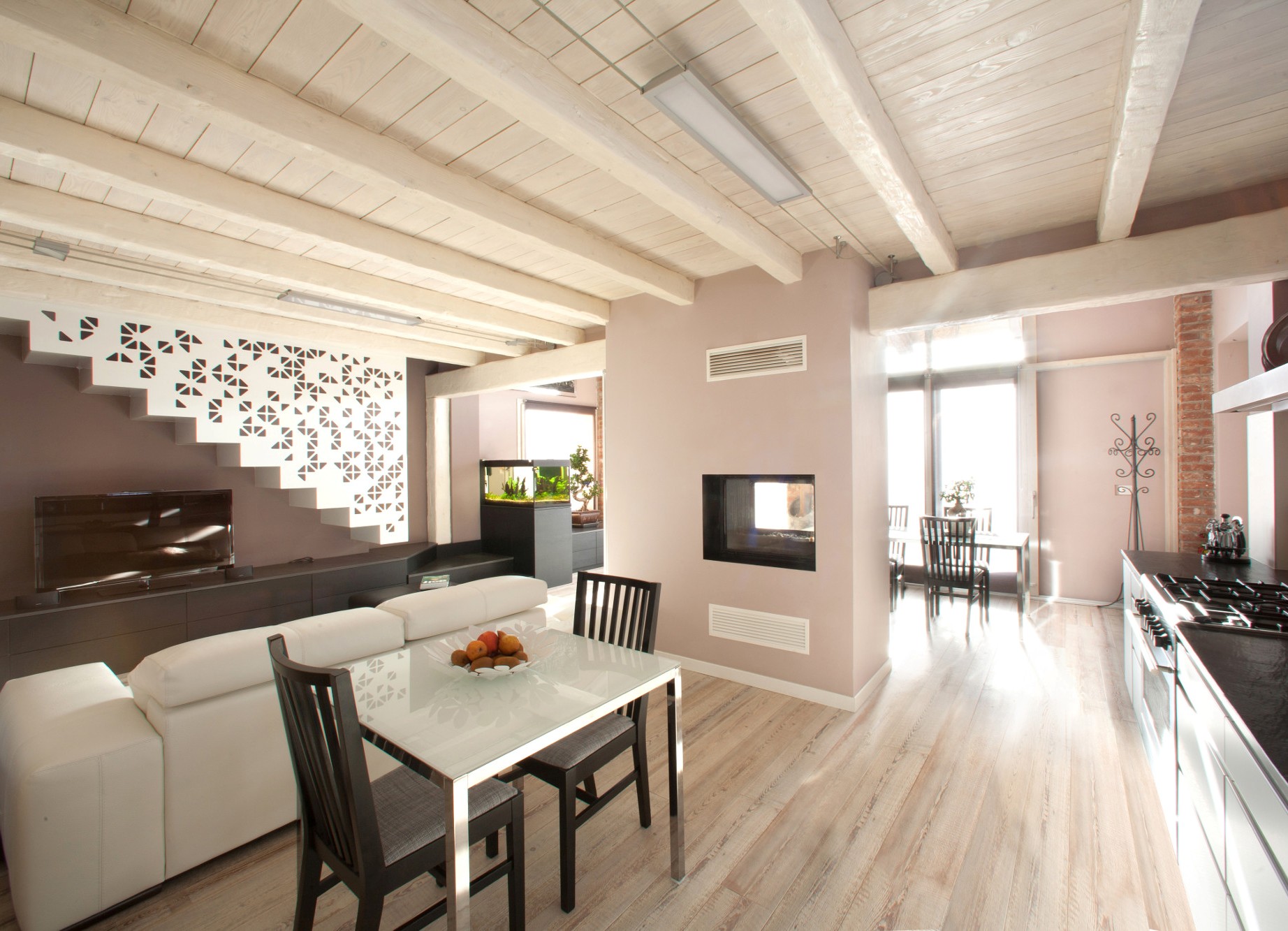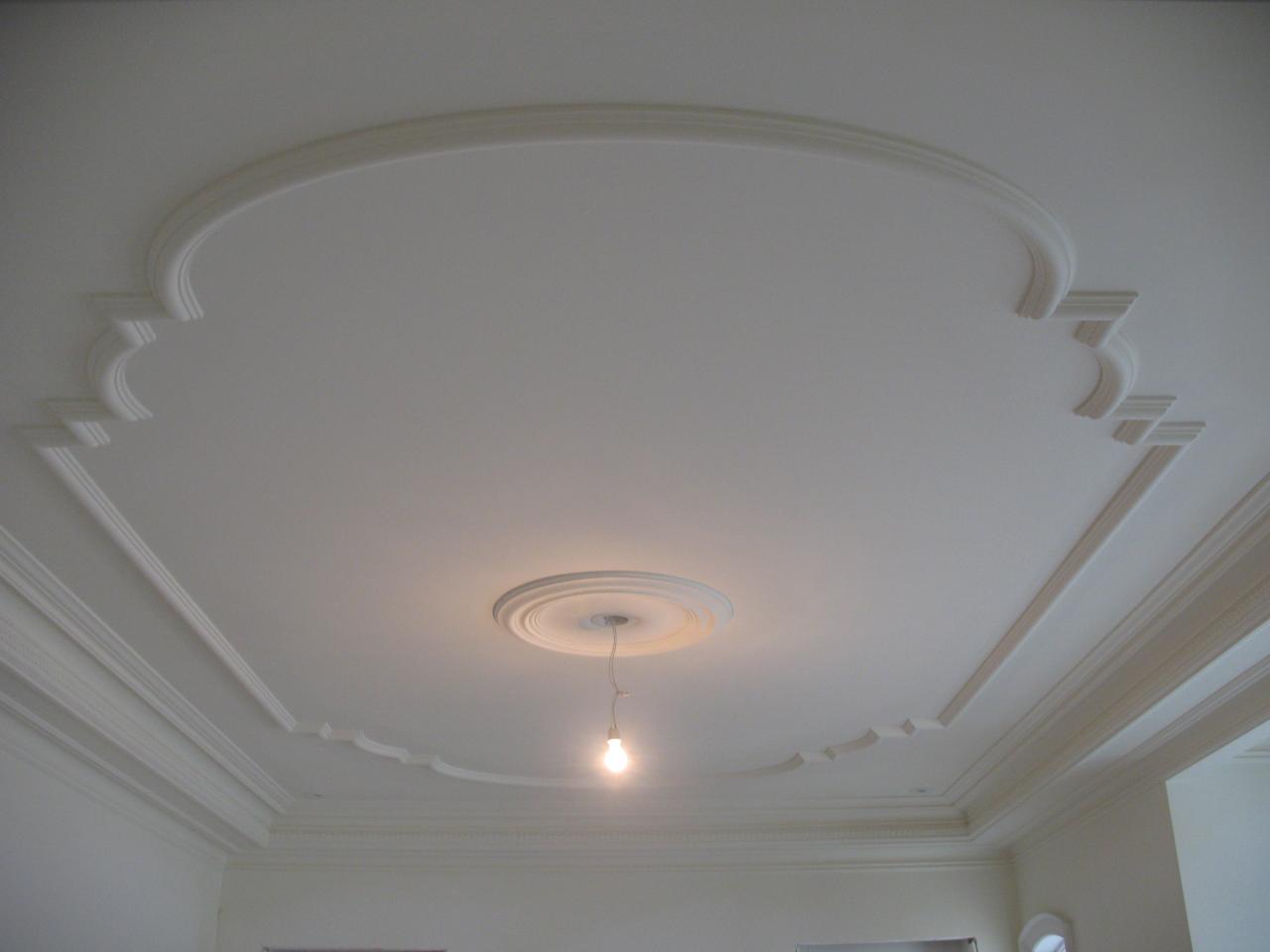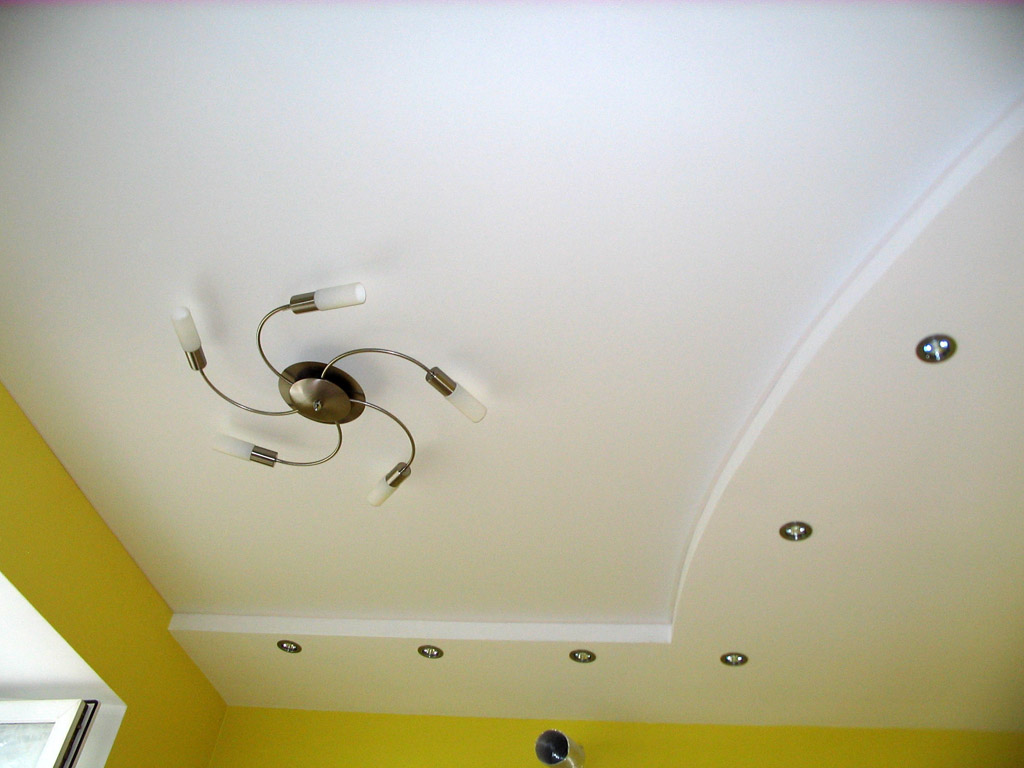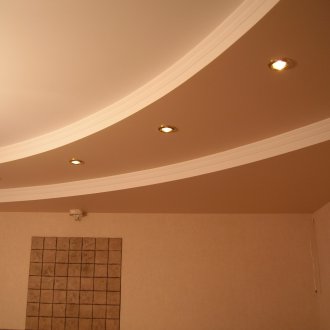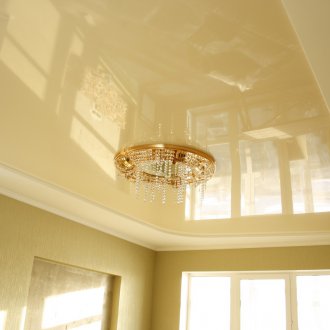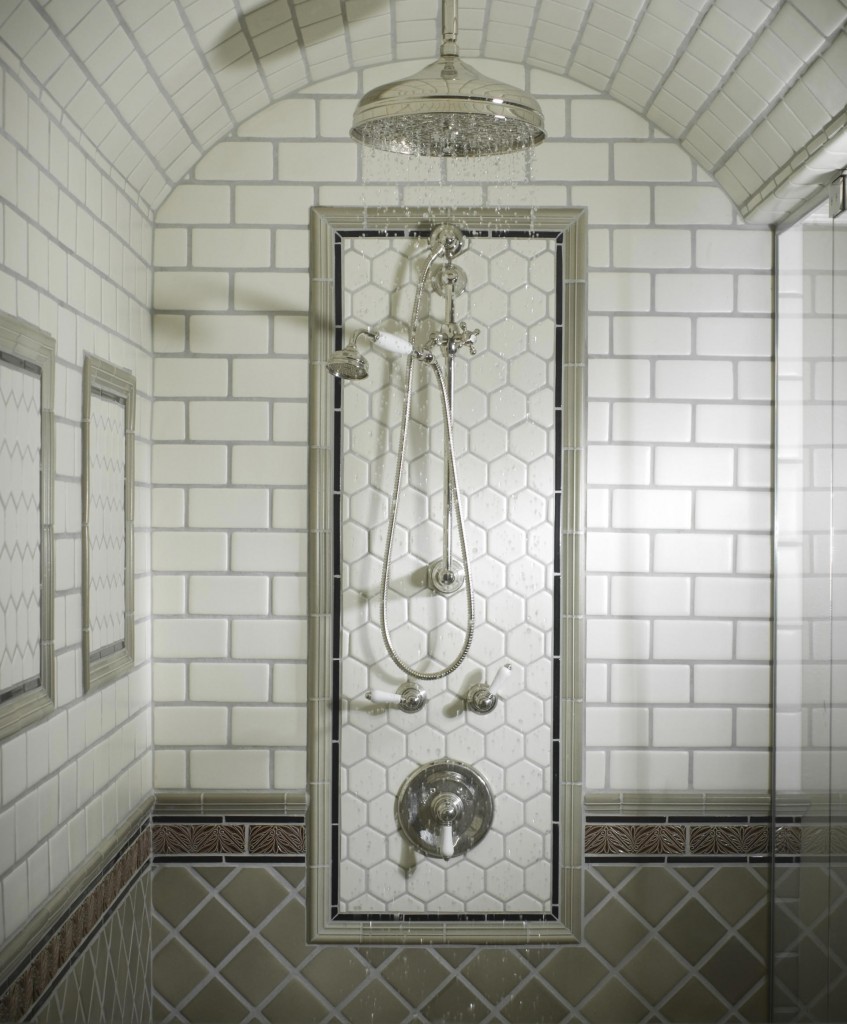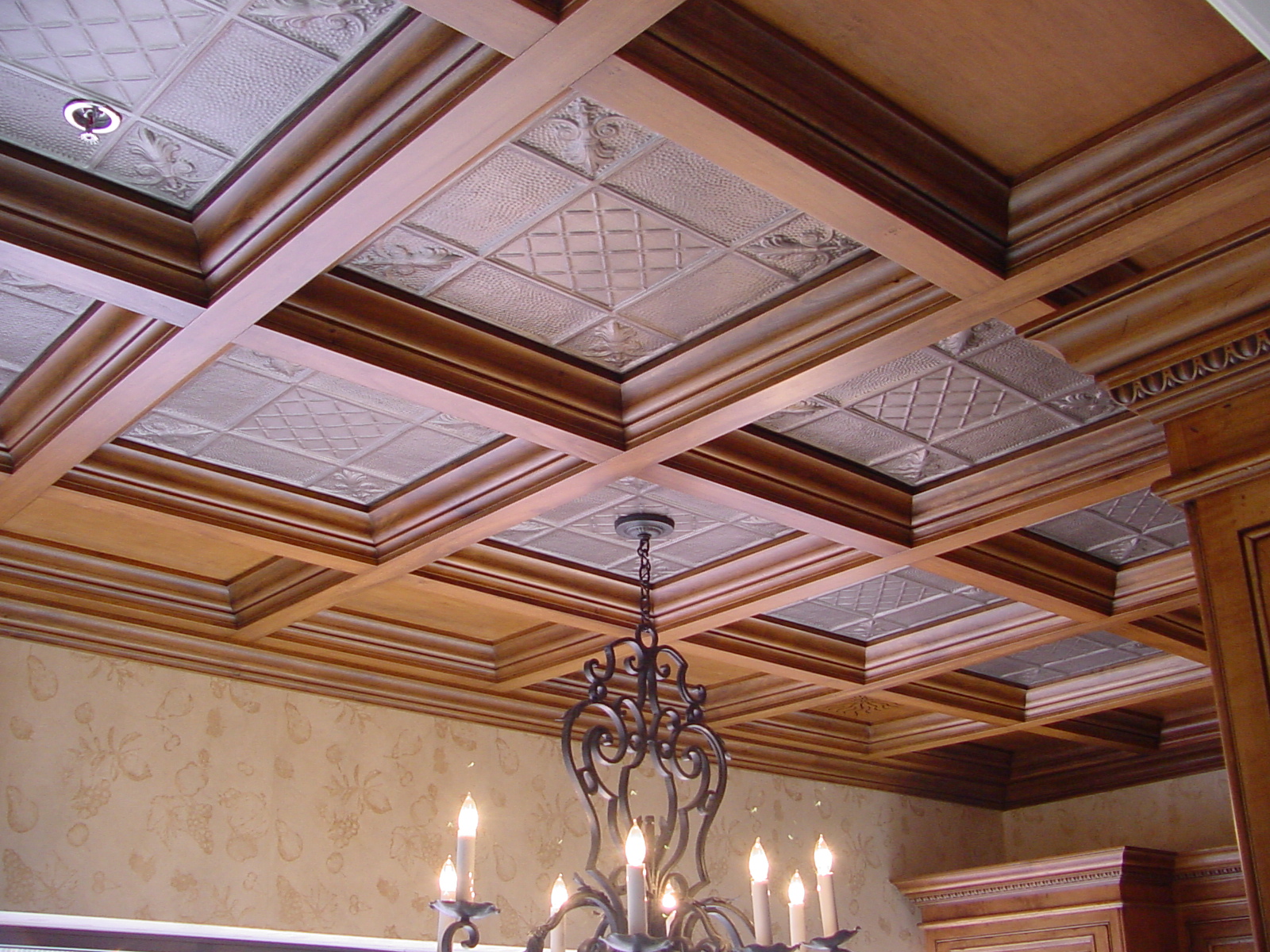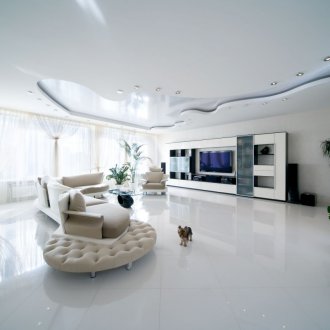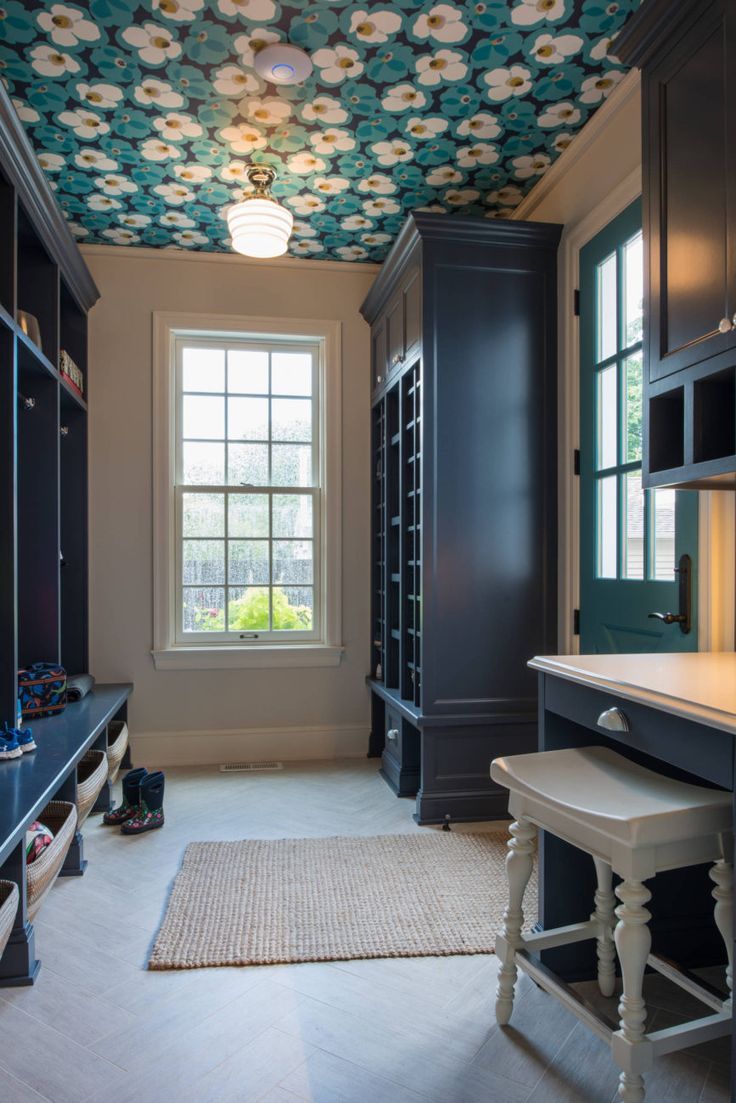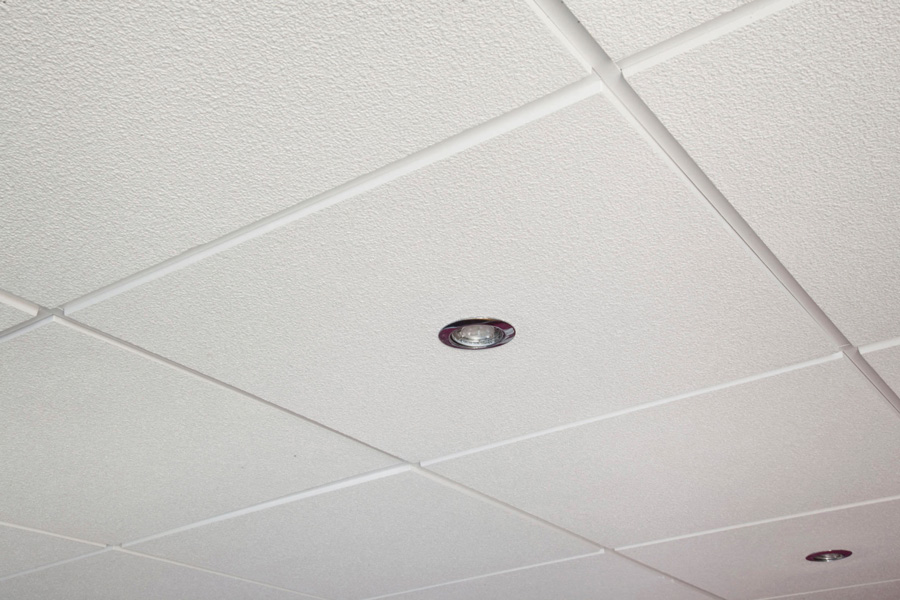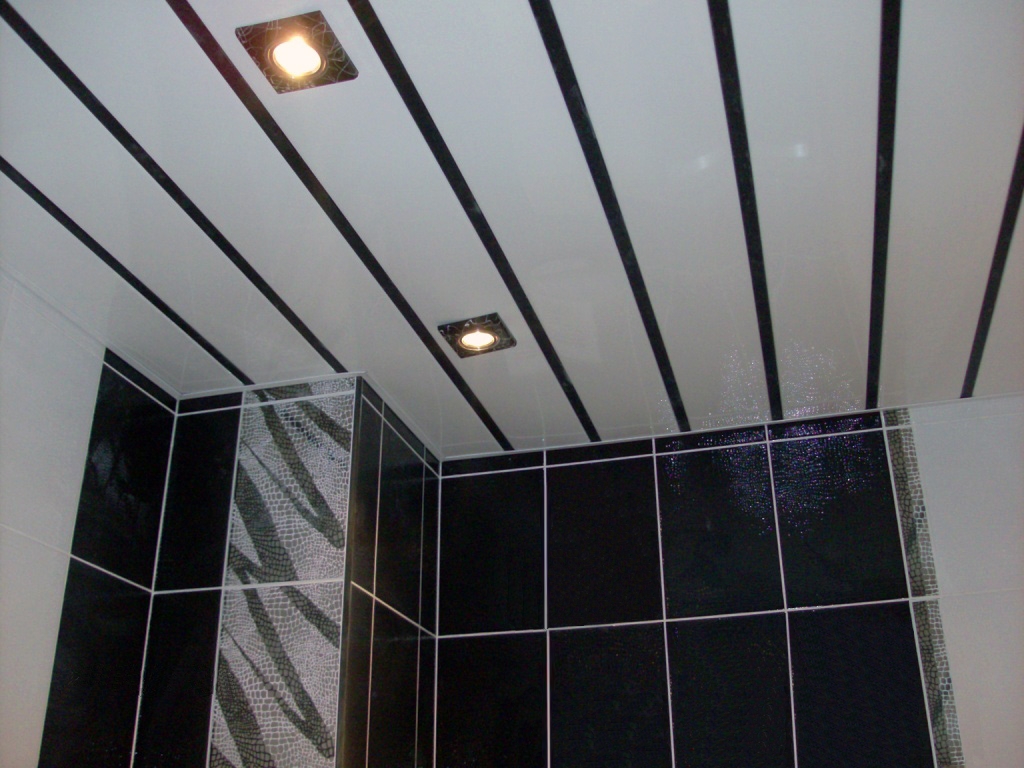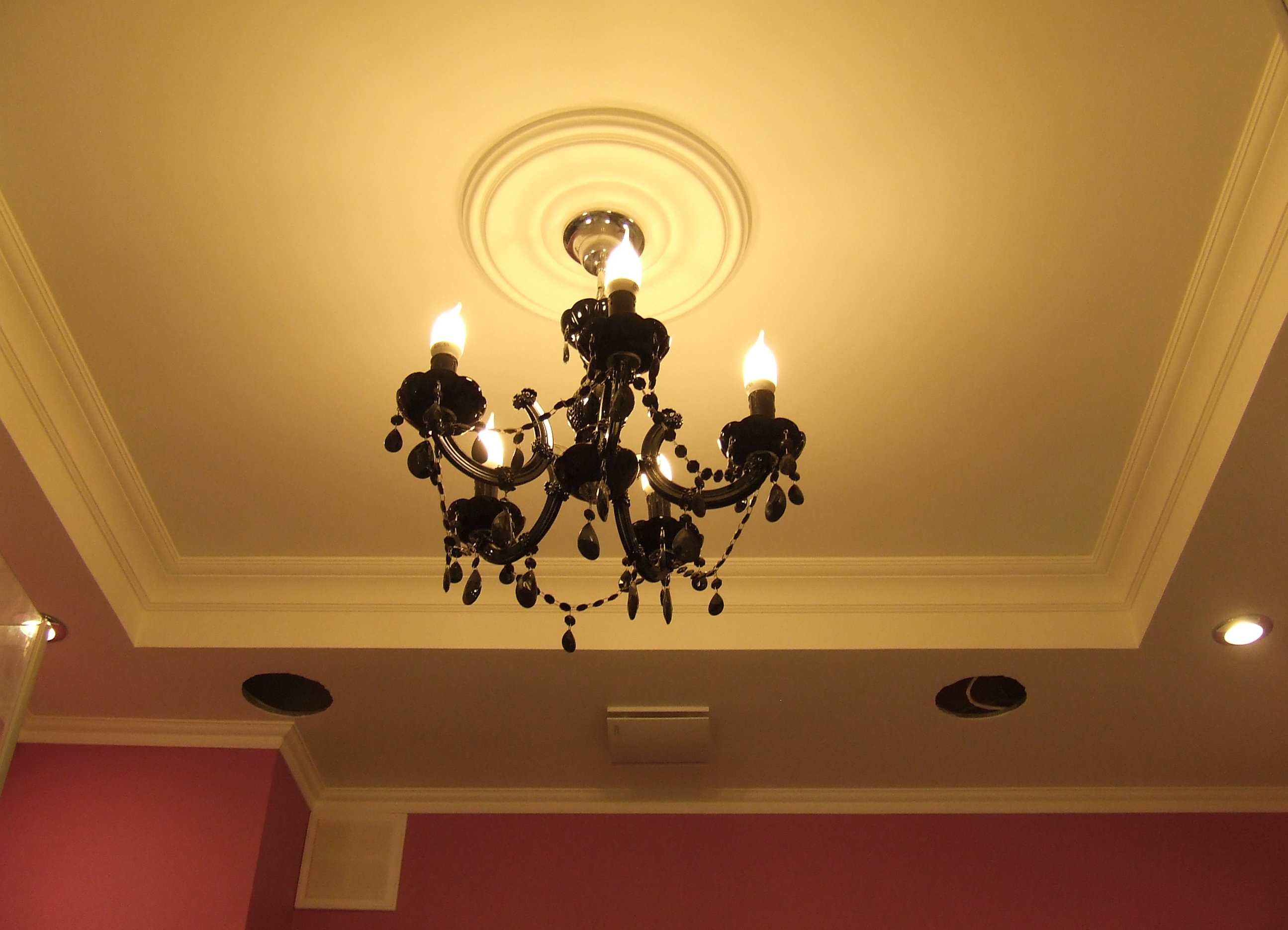Types of ceilings: their advantages and disadvantages
Content
When repairs begin, one of the first questions is how to finish the ceiling. Coat it with plaster? Wallpapering? Call the masters and order them a fabric ceiling? In order to decide and subsequently not regret the choice made, you need to understand well what types of ceilings are.
The main types
The types of ceilings in the apartment are numerous and diverse, and they are usually divided into two main groups.
The simplest coating options that do not require mounting the frame - they simply attach to the ceiling with glue or cover it. These include:
- whitewashing - the easiest option for ceiling decoration, involves covering the ceiling with a special chalk mixture;
- painting - requires no more effort than whitewashing, only instead of chalk, the paint chosen by the owner of the room is used;
- wallpapering - requires some dexterity, but allows you to make the ceiling design as suitable as possible for the rest of the room.
Dropped ceilings. Numerous types of suspended ceilings have one thing in common: they all need a frame of one design or another, to which the main canvas will be attached. These include:
- plasterboard ceilings - are mounted on a steel frame, you can arrange them so that you get a three-dimensional picture;
- cassette ceilings - are also attached to the frame, but are usually made of light materials, the tiles of which are inserted into special grooves;
- rack ceilings - consist of thin plates that are attached to the supporting profile with the help of special clamps;
- Stretch ceilings - consist of a cloth that is attached to a baguette under the ceiling and stretched so that a closed ceiling is obtained.
Each species has its pros and cons, and in some cases, individual subspecies. They should be discussed in more detail.
Whitewash
Despite the fact that modern types of finishes are numerous, whitewashing is still popular - it is quite cheap and familiar to be the first to come to mind when trying to figure out what to do with the ceiling. The technique of applying it is as simple as possible - a solution of lime is diluted, after which it is applied to the ceiling with a brush.
Undoubtedly, this method has advantages:
- Availability. To whitewash the ceiling can even a person who has no idea what ceilings are, how to grab a brush and how the rack ceiling differs from the curtain. Enough patience and zeal.
- Cheapness. Whitewashing costs practically nothing.
- Variety of colors. Any dye can be added to the solution, and it will give the ceiling a certain shade.
- Loyalty to tradition. Not in all cases this is a plus, but in a certain interior, whitewashing will look ideally appropriate.
There are also disadvantages:
- Sensitivity to moisture. In the bathroom, you can’t whitewash the ceiling - it dries quickly and begins to mold. You should also choose something more resistant for rooms where most of the year there is high humidity.
- Markiness. If the ceiling is whitewashed, any touch on it will leave a white mark.
- Fragility. Every two years - at least - the ceiling will have to be whitewashed.
- Labor input. It’s easier to resort to whitewashing than fixing the simplest suspended ceiling, but it takes time and effort.It is necessary to sand the surface so that it is even and clean, then plaster and then bleach.
It makes sense to use whitewashing only when more expensive options are not affordable - or if the presence of a bleached ceiling in the room is important.
Painting
Also a traditional method that does not require skill. The paint is diluted to a liquid state and applied to the ceiling after preliminary cleaning. Advantages of the method:
- Variety of options. Paint can be of any color - glossy and dull, bright and dull, luminous, brilliant - there is for every taste.
- Variety of prices. Among the variety of colors, everyone will find an option for their wallet.
- Invariable height. The painted ceiling remains at the same level.
- Resistance to moisture. The paint is suitable for ceilings in the bathroom - nothing will happen to it due to water and temperature changes.
There are also disadvantages:
- Fragility. After a year or two, the ceiling in the house will lose its festive appearance. The paint will fade, crack, and most likely you will need to renew it again.
- The obviousness of the flaws. Any cracks, bumps and protrusions on the ceiling due to paint will be several times more noticeable. Even worse, if the painting is carried out sloppy and drips remain.
Paint can be used if you want to make a cheap ceiling in the bathroom or if you want to choose an exotic color. It should be borne in mind that in the process almost manic accuracy will be needed.
Wallpaper
For the ceiling, there are special wallpapers that are denser than those intended for walls, and on top are most often covered with a corrugated pattern. They have advantages:
- Aesthetics. With the help of wallpaper it is easy to hide any flaws that neither painting nor whitewashing can hide.
- A variety of colors and patterns. Wallpaper is rarely monophonic and often made to look as advantageous as possible.
- Resistance to high humidity. If you do not glue ordinary wallpaper on the ceiling, then you can use them even in the bathroom - humidity will not harm them.
There are also disadvantages:
- Labor input. You can figure out what stretch ceilings are in solitude. You can fix the slats or apply paint, but gluing the wallpaper to the ceiling alone will not work - someone should be helping.
- Laboriousness. Air bubbles may remain under the wallpaper, and you need to carefully monitor that there are no cracks or creases, which in the case of ceilings - in a wooden house or apartment - is very inconvenient.
- Possible problems. All types of wallpaper have a vulnerability - joints. If it is bad to glue them, the entire ceiling will become unusable very quickly.
Use wallpaper well in the bathroom or for the kitchen - they cope well with humidity, soot and grease, and for them there is no need to re-sand the ceiling each time.
Plasterboard ceilings
Plasterboard ceilings are mounted on a steel frame and, of course, have their pros and cons. The first include:
- Soundproofing. An advantage that simple types of ceilings - in a private house or apartment - are completely devoid of. Of course, drywall will not provide 100% insulation, but it can slightly reduce the noise level.
- Aesthetics. All types of plasterboard ceilings allow you to hide the shortcomings of the main ceiling - cracks, protruding communications, spots.
- Reliability. Drywall is resistant to mechanical stress, does not burn and can last for many years.
- Plastic. All types of drywall ceilings are easily adjusted to the desired shape - a fairly small processing. Using drywall, some types of two-level ceilings are made.
Minuses:
- Vulnerability to moisture. This type of ceiling cannot be placed in the bathroom - it dries quickly.
- Vulnerability to biological threats. Drywall can be affected by mold, rodent or insect activity.
- Difficulties with installation.Without special equipment it is often impossible to carry it out - but this is a minus that all types of suspended ceilings possess.
- Decrease in ceiling level. Like all types of suspended ceilings, drywall takes up to 15 cm from it.
Despite this, drywall, however, remains a plastic material - it is often wise to combine it with a stretch ceiling canvas to get a figured ceiling.
Cassette ceilings and rack ceilings
Actually, they act on the same principle: the main elements of the ceiling are attached to a special frame with clamps. The only difference is the form. The cartridges are usually square, while the racks are characterized by an elongated shape. Their advantages are similar:
- Easy installation. When the frame is mounted, all types of rack ceilings and cassette ceilings are fixed with special clamps.
- Resistance to moisture. As a rule, materials for the canvas are used so as to withstand the change in temperature and humidity. Well suited for kitchen, bathroom, other similar rooms.
- Aesthetics. With the help of tiles and slats, you can lay out any pattern, moreover, they are usually performed in the most pleasant colors.
But there are also disadvantages:
- Low sound insulation and low thermal insulation. Unlike drywall, all types of slatted ceilings and cassette ceilings do not retain heat well.
- Decrease in ceiling level. The disadvantage that affects all types of suspended ceilings.
In addition to the pros and cons, it is also worth mentioning that rack ceilings are of two types:
- rack type open ceiling implies the presence of gaps between the slats, which is filled with special decorative elements;
- Closed-type slatted ceiling implies tight joints between the slats.
Choosing cassette and rack ceilings is not for the kitchen, but for rooms for which aesthetics are important. These are decorative ceilings that will decorate any room - especially if you purchase mirrored panels for the ceiling.
Stretch ceiling
Types of suspended ceilings are divided into two groups:
- fabric - made of dense fabric;
- glossy - ceilings of this type are made of plastic.
The pluses, however, are similar:
- Aesthetics. All types of suspended ceilings look amazing and help to hide communications and ceiling imperfections.
- Sustainability. Stretch ceilings are not afraid of either temperature changes or moisture - they are ideal for the kitchen and bathroom.
- Ease of care. Simply wipe the stretch ceilings in the kitchen or stretch ceilings for the hall with a damp cloth to restore their original shine.
Disadvantages:
- The complexity of the installation. All the rest - even the main types of plastic ceilings - can be installed with your own hands, even if it will be difficult. To install the tension you need to call the masters.
- Lack of ventilation. Under a stretch ceiling - as well as under any plastic ceiling - there is no access to air, which can adversely affect the atmosphere in the room.
It makes sense to install the ceiling only by understanding what ceilings are in general and what kind of suspended ceilings are in particular. And the choice will be right, its result can be observed for many more years.
